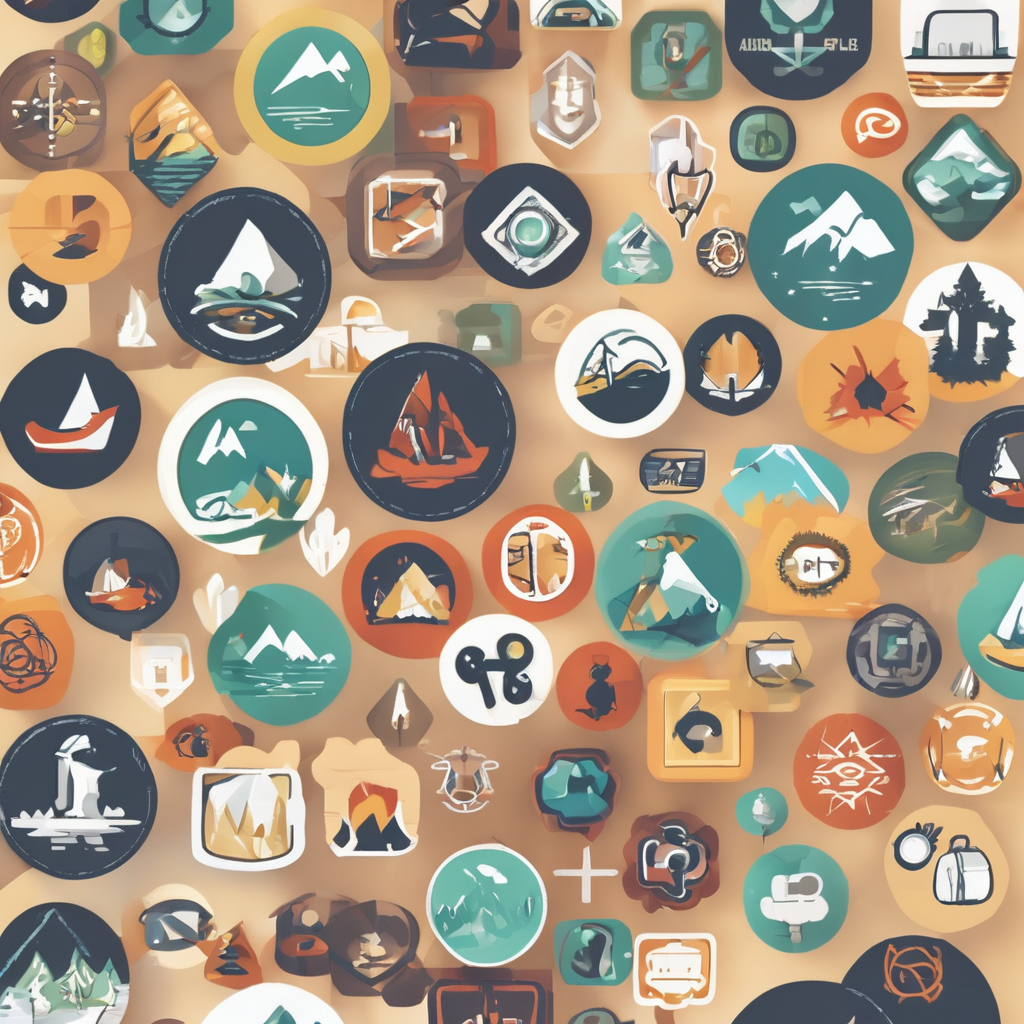Overview of Highland Games
The Highland Games, held predominantly in Scotland, are deeply rooted in cultural history and tradition. They are celebrated as grand cultural events, showcasing feats of strength and agility that have been part of Scottish life for centuries. The games began as clan gatherings, where warriors demonstrated their prowess and entertained royalty with various physical challenges.
The cultural significance of these events transcends mere competition. They serve as a living exhibition of Scottish heritage, fostering a sense of community and pride among Scots and visitors alike. Each gathering is a celebration of identity, bringing generations together to honor their shared past.
Topic to read : Unforgettable Harry Potter adventures you can have in London
Traditional events at the Highland Games include the renowned caber toss, where participants flip a large tapered log end over end, the hammer throw, which tests the athlete’s strength and technique, and a host of other athletic pursuits that demand unique skills. From heavy lifting to graceful Highland dancing, these games portray an eclectic blend of sport and performance art, reflecting the rich tapestry of Scottish culture. Each event holds its place as both a competitive sport and a tribute to the past.
Major Events and Thrilling Competitions
The Highland Games spotlight several thrilling competitions, each showcasing unique skills and tremendous athleticism.
Additional reading : Ultimate Tips for a Memorable Journey Through Belfast’s Historic Shipyards
Caber Toss
The iconic caber toss is a test of strength and balance, involving the flipping of a large wooden log called a caber. Participants aim to turn the caber end over end, ensuring it lands in a straight line from the throw direction. Precision, technique, and the competitor’s physical ability are crucial to successfully completing this feat. As a symbol of the games, the caber toss embodies the spirit and history of the Highland Games.
Hammer Throw
In the hammer throw, athletes swing a heavy ball, attached to a handle, around their heads before releasing it. Technique is paramount, as competitors must harness rotational force for maximal distance. This event attracts notable athletes who showcase power and finesse, capturing the audience’s awe.
Tug of War
The tug of war emphasizes teamwork and strategy. Here, participants engage in a battle of strength, pulling against another team to gain victory. Historically, this event highlights communal effort and remains a staple of the thrill and camaraderie found in the Highland Games.
Dates and Locations of Highland Games
The Highland Games are celebrated throughout the year across various scenic locations in Scotland. Each event is a spectacle, drawing locals and tourists alike to participate and witness thrilling competitions. Most games, such as the Braemar Gathering, take place in summer, offering an opportunity to enjoy pleasant weather alongside vigorous athletic displays.
Major venues include the fields of Ballater, the historic town of Stirling, and the picturesque region of Inverness-shire, all providing a stunning backdrop to these cultural events. These locations not only host traditional events but often coincide with vibrant festivals that highlight Scottish traditions. Visitors can fully immerse themselves in cultural heritage as they explore music, dance, and local cuisine, enriching their overall experience.
To plan a visit, check the Highland Games’ events calendar for dates and details. Each venue has unique qualities, making it worthwhile to review participation details to ensure a tailored and memorable experience. Exploring these sports events provides a deeper understanding of Scotland’s enduring history and the community spirit that thrives within.
How to Participate in the Highland Games
For those eager to dive into the Highland Games, understanding the steps for registration and available volunteer opportunities is crucial. Begin by exploring the official events calendar for dates and locations. This helps in identifying when and where you wish to compete or assist. Registering early is advisable, as slots fill up quickly. Many events offer online application forms to streamline the process.
Volunteer opportunities abound for non-participants. Volunteers can assist with logistics, join festival teams, or help maintain the grounds, rewarding them with a unique, behind-the-scenes experience. Volunteering allows you to engage with the community, witness the events firsthand, and enjoy a sense of contribution to preserving Scottish traditions.
First-time participants should familiarize themselves with each event’s rules and practice accordingly. Observing past events, if available, via videos or live streams, can offer invaluable insights. Spectators, on the other hand, should prepare for the weather, bring necessary gear, and partake in the festive atmosphere by trying local food and engaging in the experiences of the Highland Games. This ensures a more enriching experience, steeped in the celebration of cultural heritage.
The Unique Scottish Culture
The Highland Games are a vibrant exhibition of Scottish traditions and cultural heritage, with participants donning traditional attire, such as kilts and sporrans, as they compete and celebrate. This clothing not only reflects national pride but also provides a visual link to centuries of rich Scottish culture.
Music and dance play pivotal roles in creating the lively atmosphere synonymous with the games. A staple of these events, the traditional sound of bagpipes and the rhythmic grace of Highland dancing hold both spectators and participants in rapt attention, encapsulating the spirit of Scotland. These performances aren’t just for show; they foster community engagement and promote the continuation of important cultural practices.
Sampling local cuisine is another delectable way to experience Scottish traditions during the Highland Games. From haggis to shortbread, these culinary offerings allow visitors to savor authentic flavors while deepening their connection to the culture. The games provide an immersive experience, blending athletic prowess with rich traditions, guaranteeing an unforgettable celebration of community and heritage.
Personal Stories and Adventurous Experiences
Personal accounts of the Highland Games significantly enrich the understanding of this grand cultural event. Such anecdotal experiences highlight the sense of adventure that permeates the games, creating a vivid tapestry of memories and traditions.
Captivating adventure stories from both locals and tourists illustrate the inclusive nature of the Highland Games. Participants often describe feelings of anticipation and camaraderie, with many highlighting the thrill of competing in traditional events like tug of war and caber toss. These stories paint a picture of resilience and determination, as individuals push their limits amidst cheering crowds.
The games also foster a sense of community camaraderie, where attendees bond over shared experiences and Scottish heritage. It is not uncommon for visitors to forge lasting friendships during these events, united by a love of Scottish culture and history.
Inspirational tales from these gatherings often relay themes of triumph and personal growth, showcasing the transformative impact of participating in or spectating at the Highland Games. These personal experiences bring to light the profound effect of the games on one’s appreciation of Scottish cultural heritage, and their ability to evoke a collective spirit of adventure and unity.
Engaging Visuals and Resources
Engaging visuals are vital in capturing the essence of the Highland Games and transporting viewers into the heart of these dynamic cultural events. Photographs showcasing intense moments, such as the caber toss, hammer throw, or participants adorned in traditional attire, illustrate the rich history of the games and their significance within Scottish society.
Videos can provide an immersive glimpse into these thrilling competitions by exhibiting the athletes’ dedication and the spectators’ enthusiasm. Behind-the-scenes footage offers unique insights into preparation and strategy, lending a deeper understanding of the event’s intricacies.
To effectively captivate an audience, consider including media that highlights not only the physical prowess displayed during the games but also the traditions and community spirit that underpin them. Visual storytelling through various media forms allows for a more comprehensive portrayal of the Highland Games, celebrating both the athletically demanding events and the vibrant Scottish culture they represent. These resources serve as virtual time machines, preserving and sharing the captivating allure and adventures of the Highland Games with generations to come.



